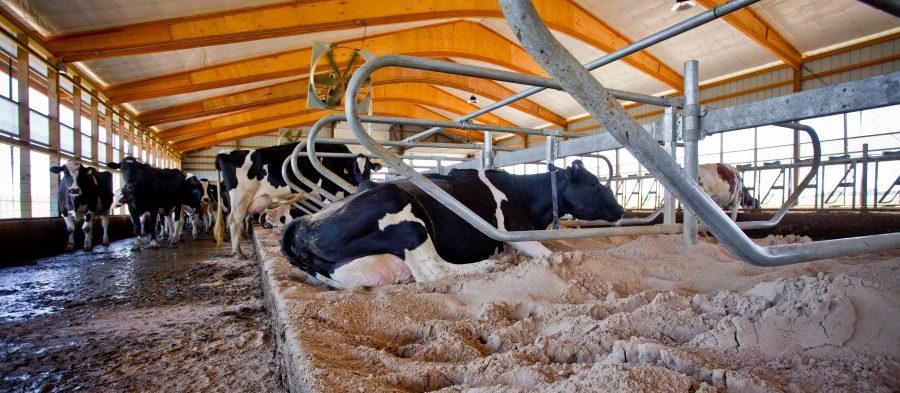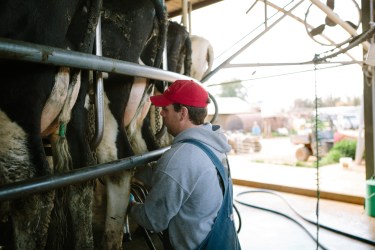By Emma Stuart
Culling can be an emotive word for some. Sentimental attachment often overrules all logic when decisions need to be made for the herd going forward.
Why should you get rid of that 8th lactation 50-litre cow that you’re very fond of, even though she is chronically lame with a chronically high cell count and chronically struggles to get in calf?
On paper, it doesn’t make sense, but often it’s hard to see the wood for the trees. Just because a cow is putting milk in the tank, doesn’t mean she’s paying her way. The costs associated with poor fertility, chronic mastitis and chronic lameness are substantial but often hidden.
Calving to conception interval of over 115 days starts costing around £3 per day. Chronic lameness can decrease milk yield by about 500 litres per lactation. Mastitis costs can vary from £70-250 per cow per year.
This is why taking the time to evaluate your herd and being clever with your culling can improve overall herd performance, cuts costs and increase returns over the long-term.
What can you do about it?
With mounting pressure from producers to reduce milk yields, and with uncertain cash flows over the coming months, there is no better time to review your herd and identify unprofitable cows.
The importance of weekly, fortnightly or monthly vet fertility visits cannot be stressed enough so that problem cows can be identified and removed from the herd if they don’t respond rapidly to treatments.
Monthly milking recording data, as well as good clinical mastitis data collection, are vital for identifying cows with chronic mastitis (high cell counts) and repeat offenders. These animals are difficult to completely cure as they are susceptible to infection for a myriad of reasons. Unfortunately, more often than not, the best solution is to cull them.
Chronic lameness can be difficult as many cows are unable to be sold at the market if they are non-weight-bearing. Regular foot-trimming will reduce the number of Grade 3 cows that cannot be cured but it is important to try and be sensible with problem cows.
Often, they will continue to get worse, not better, due to foot or leg conformation. So you need to be proactive about culling them before they get to the stage where they can’t be sold.
The decision on whether to cull immediately or fatten first will depend on cash flow needs, market prices and animal welfare.
Cull prices weakened in late March before staging a recovery, but they are still running below 2019 levels. Watch the market closely, but sometimes it is better to just move them on and accept a lower price if you need a cash flow boost.
Alternatively, if it is an option, consider drying cows off and holding onto them until prices recover. You will still make the costs savings and they will put on the condition at grazing, hopefully leading to a better price when they are eventually sold.







